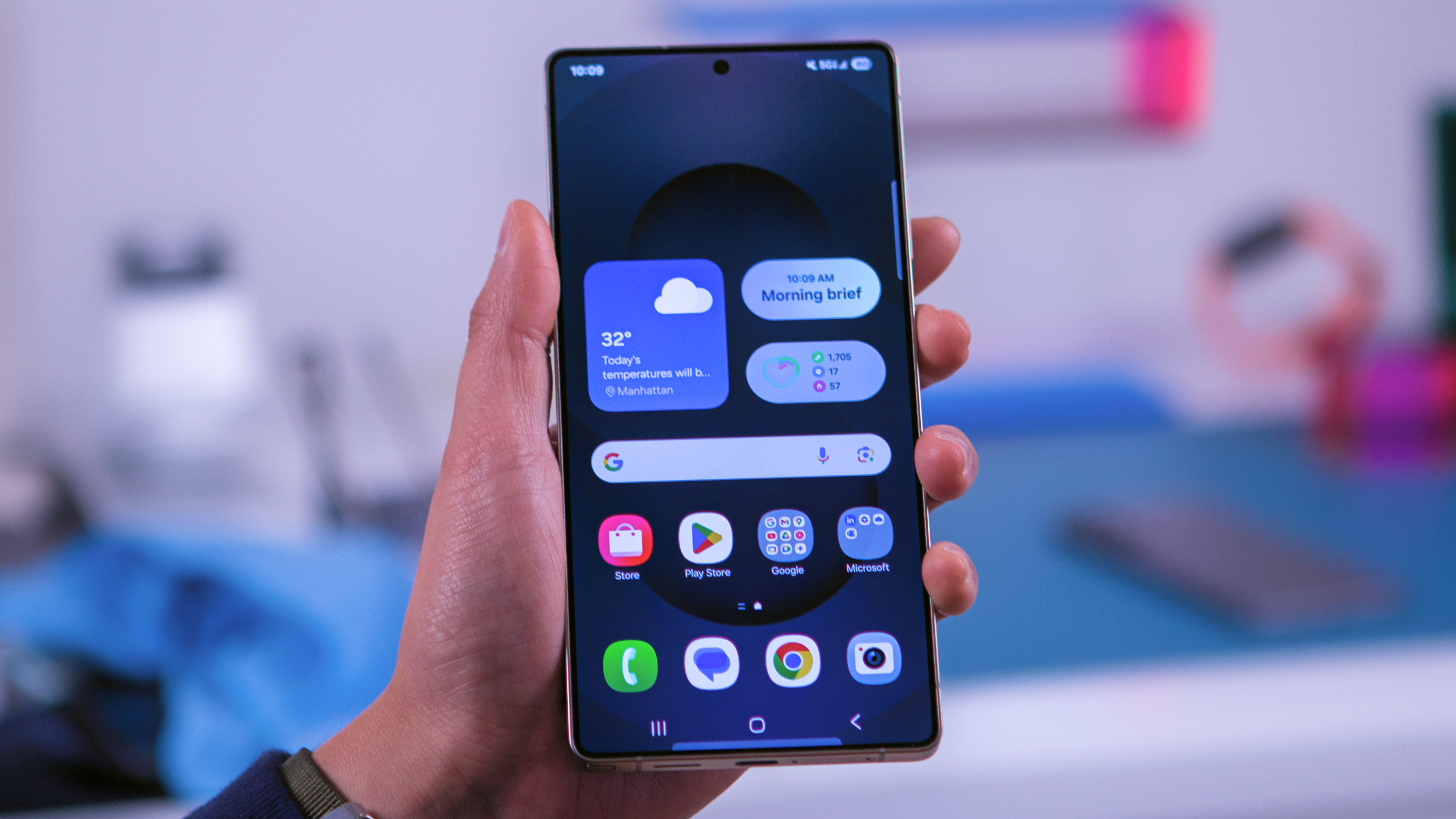AirPods Pro 3 vs. Google Pixel Buds Pro 2: Which is better for live translate?
Live translation is the hottest AI feature right now, and Apple and Google are leading the charge.
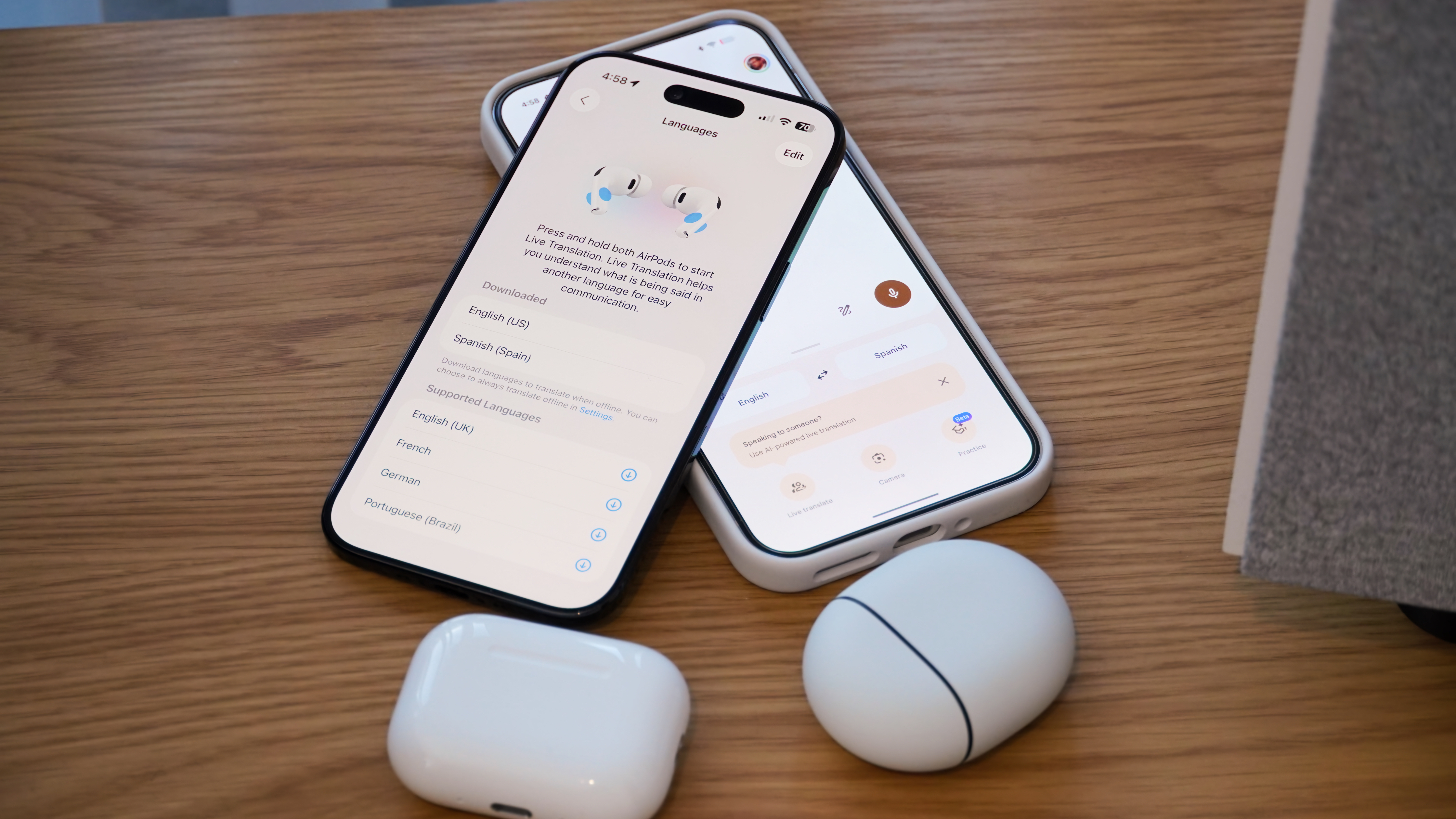
Enjoy our content? Make sure to set Android Central as a preferred source in Google Search, and find out why you should so that you can stay up-to-date on the latest news, reviews, features, and more.
Beyond rudimentary use cases like generative photo or video creation and text editing, artificial intelligence is starting to help out in real-world situations. Notably, live translation features that eliminate language barriers in real-time are on the rise.
We've seen features debut in smartphones, earbuds, and even smart glasses. Truthfully, the idea of live translation isn't new, but it's coming into its own in 2025 thanks to improvements in support and performance. Apple recently highlighted Live Translate as a perk of its new AirPods Pro 3, and a similar feature leveraging Google Translate already existed on the Google Pixel Buds Pro 2.
So, is Google's or Apple's version of live translate the best? We tried them both, and although neither is perfect, these are the key ways they compare — and which one we prefer.
All the differences between Apple and Google's live translate features
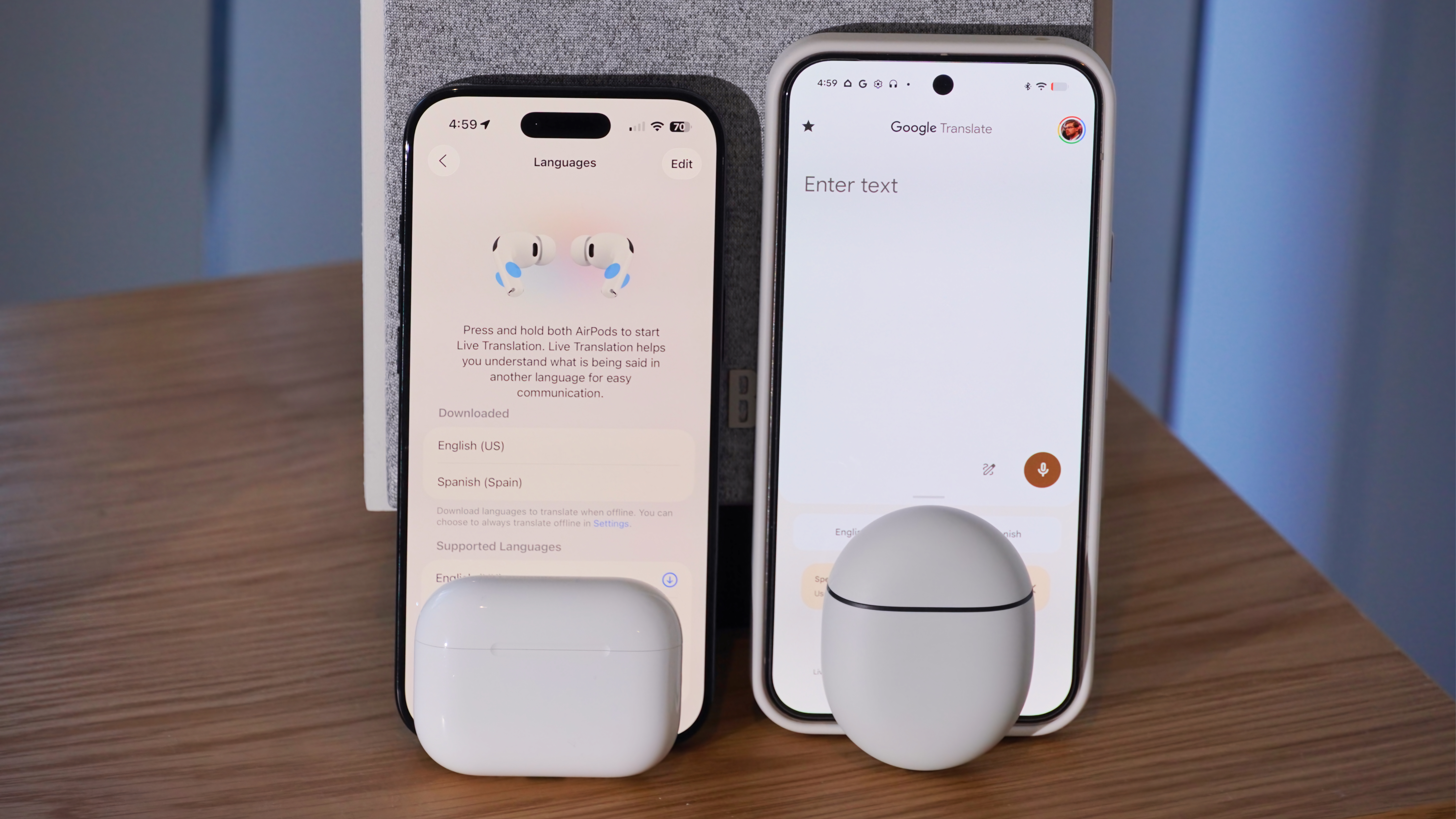
Live Translate is marketed as a unique earbud feature in 2025, but the legwork is still being done on your smartphone. To use Apple's live translation with a supported pair of AirPods, you'll need an iPhone 15 Pro or newer running iOS 26 or later. While it might seem like an arbitrary cutoff, an iPhone 15 Pro is needed because live translation uses Apple Intelligence, which isn't available on the base iPhone 15 or older models.
This also means that Android users who own a pair of AirPods for wireless audio (yes, they do exist) won't be able to take advantage of Apple's live translation features at all. By comparison, Google's equivalent is much more forgiving. You only need an Android phone running Android 6 or later to use live translation on a pair of Google Pixel Buds.
This includes all Google Pixel phones, but also the vast number of Android phones by other brands that meet the version requirement. You can use a pair of Google Pixel Buds with a Samsung or OnePlus phone and still use Google's live translation feature, for instance. You'll just need to ensure your phone has the latest version of the Google and Google Translate apps installed, as both are required for live translation.
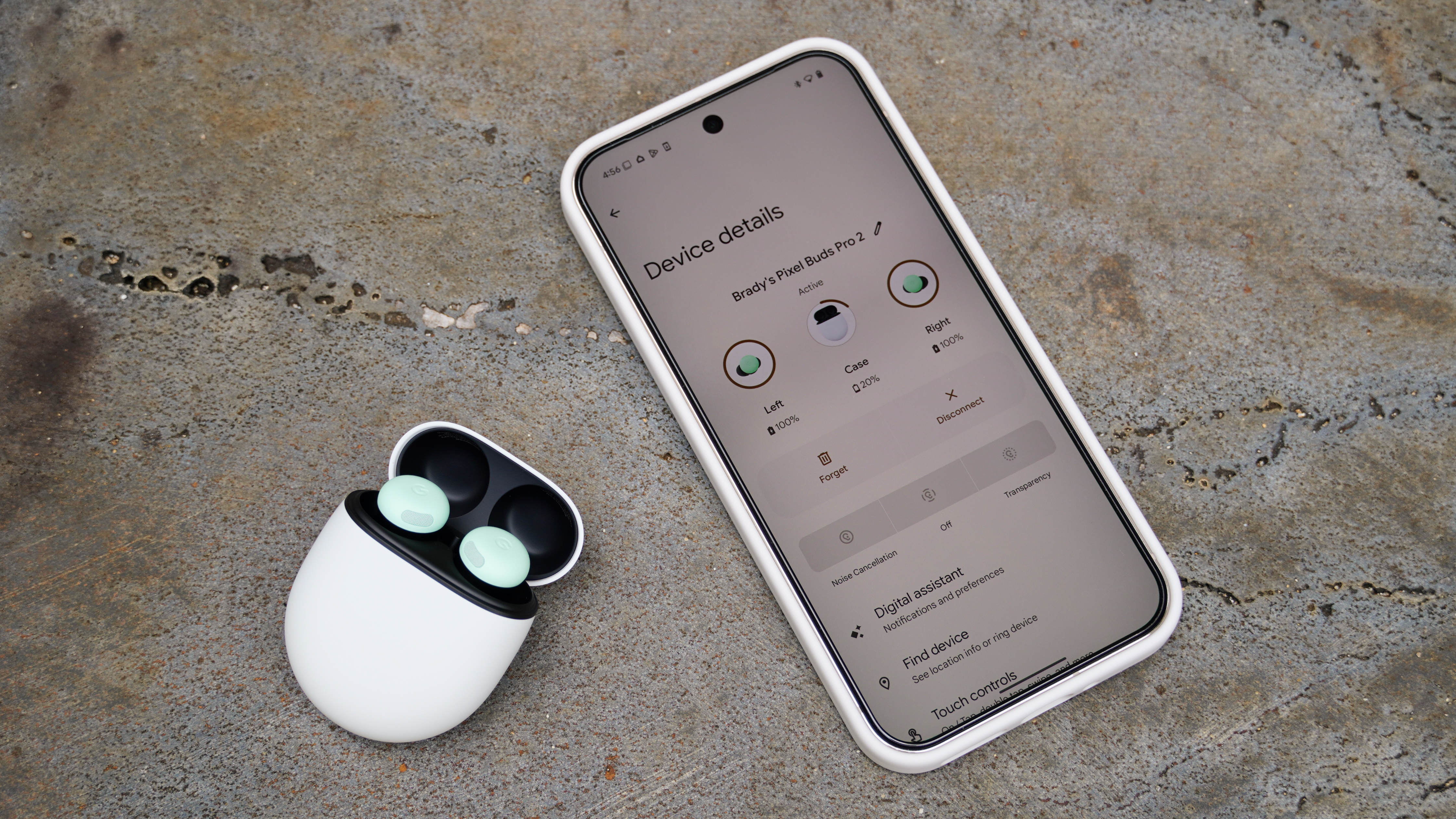
Both the Apple and Google implementations of live translate use off-device processing by default, so you'll need an internet connection. However, you can download languages for offline translation via the Settings app on iOS and the Google Translate app on Android.
Get the latest news from Android Central, your trusted companion in the world of Android
Apple also offers an "on-device mode" that will always use offline, on-device processing for translations. However, it's worth noting that this mode only applies to the Apple Translate app, which is used for AirPods translation. If iPhone users want to translate with Siri or Safari, those translations will always be processed in the cloud.
The way you trigger live translation on Pixel Buds and AirPods is also slightly different. For Google Pixel Buds, the preferred method of using Live Translate seems to be using Google Translate on your phone and tapping Conversation mode. Alternatively, you can use Google Assistant to trigger live translation by saying a phrase like "Hey Google, help me speak [language]."
There's no way to use Conversation mode hands-free without using Google Assistant; otherwise, you'll need to pull out the Translate app on your Android phone. Apple's implementation differs slightly. You can use Siri for translation, but the preferred method is to hold down both AirPod stems to trigger live translation.
Do you need the latest AirPods or Pixel Buds to use them?
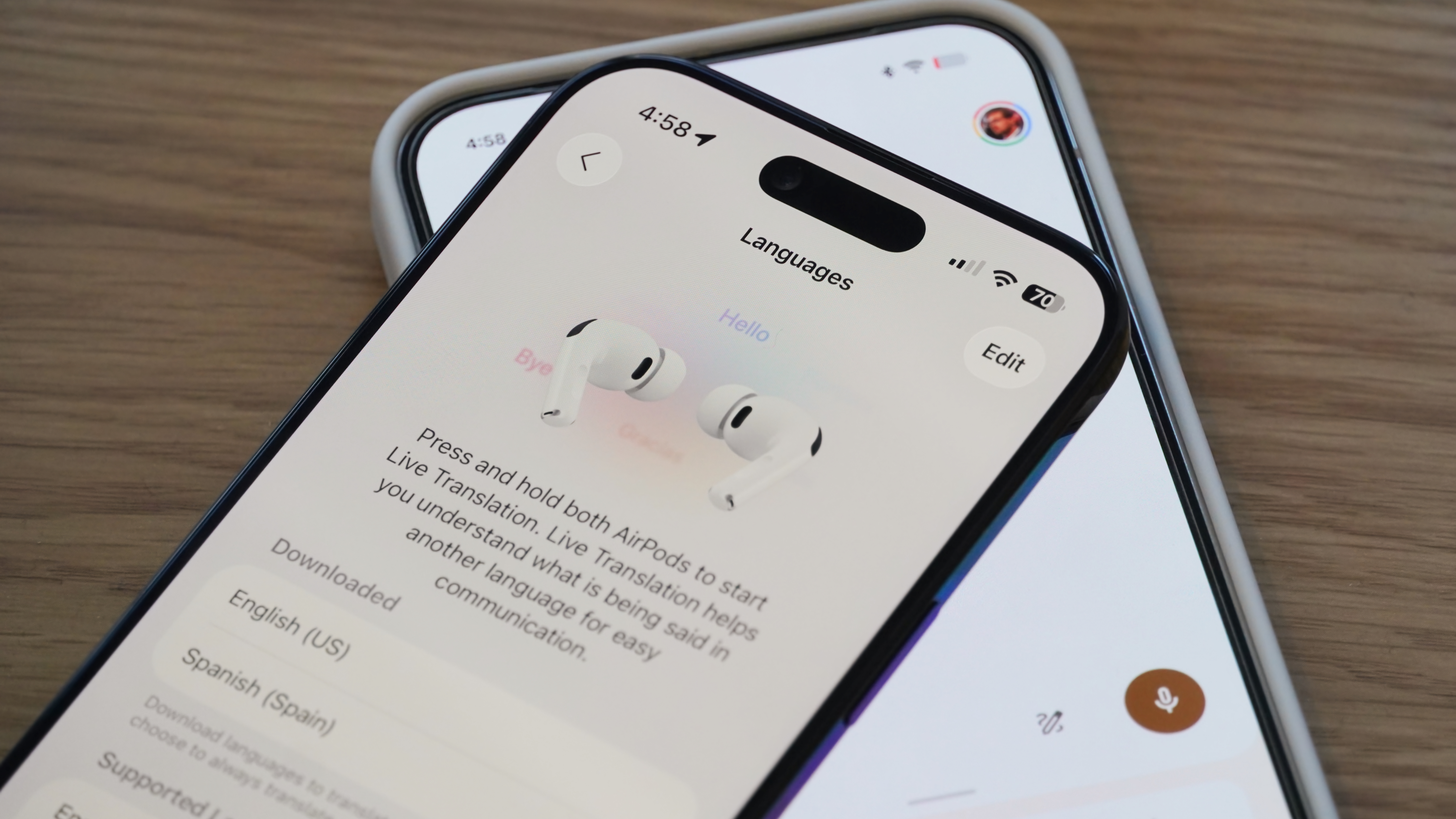
Both Apple and Google have tremendous support for live translation features, even on older devices. However, Google clearly offers an edge. It has been shipping real-time translation on earbuds since 2017, dating back to the very first pair of Google Pixel Buds. The feature has since been available on every pair released since, from the high-end Pixel Buds Pro 2 to the affordable Pixel Buds A-series and new Pixel Buds 2a.
Apple's feature is currently listed as a beta offering, so it won't be perfect. It was announced alongside the AirPods Pro 3, but it's also coming to AirPods Pro 2 and the ANC model of AirPods 4 via a software update.
So, chances are, if you have a new enough pair of Apple or Google earbuds, you'll be able to utilize live translation.
Are the AirPods Pro 3 or Google Pixel Buds Pro 2 better for live translation?
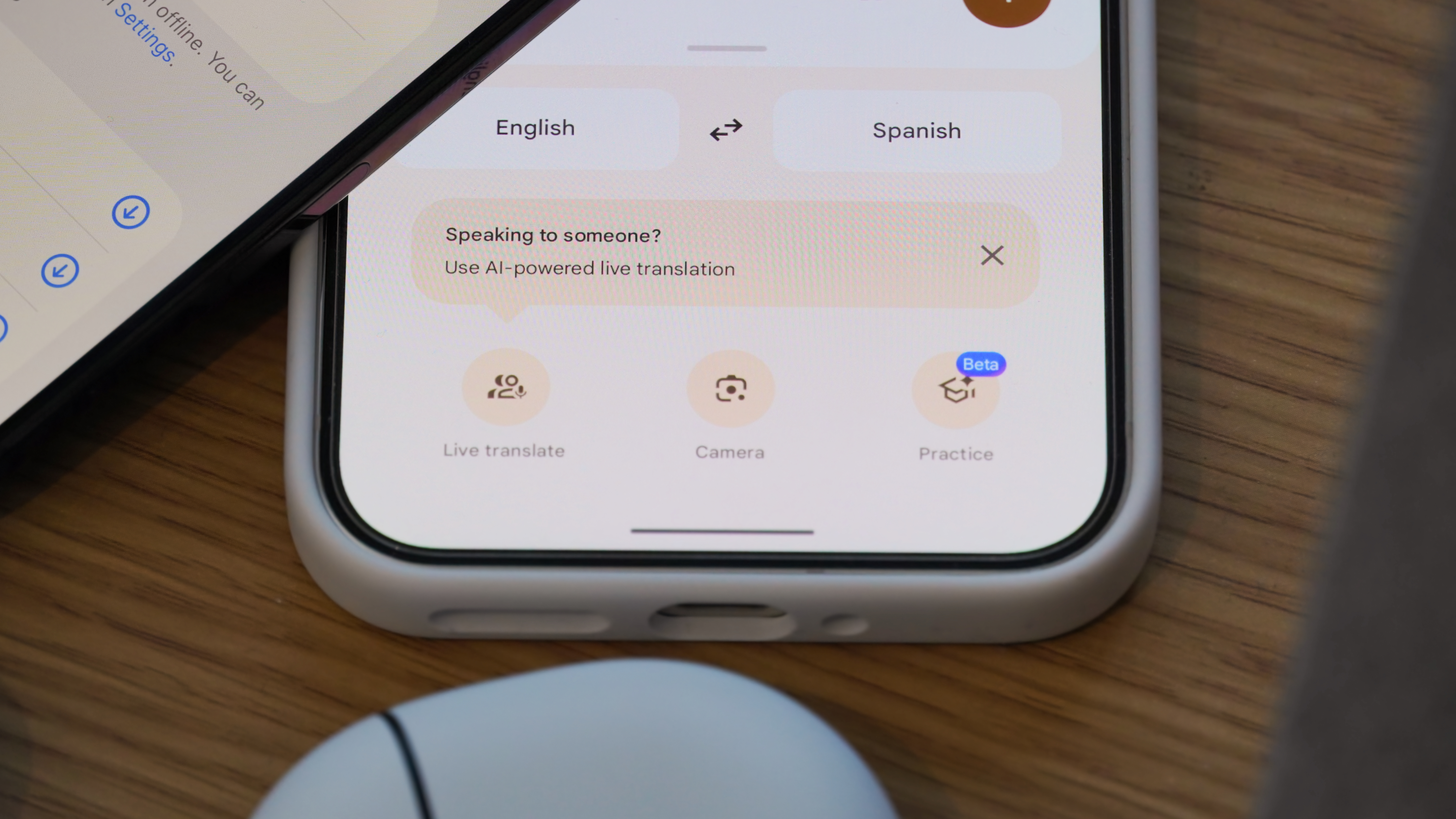
The aforementioned differences between calling up live translation on AirPods and Google Pixel Buds are the most impactful to the experience. It's nice to be able to walk up to someone who doesn't speak your language, hold both stems, and start hearing a translated version of their speech in your ears. There are no voice commands or smartphone taps required when using a supported AirPods and iPhone, which is ideal.
By comparison, it can be cumbersome to use clunky voice commands or pull out your phone to use Conversation mode with live translation on a pair of Google Pixel Buds. Certainly not a dealbreaker, but it's a minor inconvenience.
In terms of quality, there's still a ways to go before we're conversing at a natural pace with others between languages. The live translation features on both Apple or Google earbuds have a noticeable delay — currently necessary for processing and wireless transmission — that might impede the flow of a conversation.
Additionally, it isn't uncommon to have either feature completely miss a sentence or phrase. All it takes is someone speaking too fast, a noisy environment, or an unfamiliar dialect to throw Apple Translate or Google Translate off its game. However, it's certainly easier to use AirPods or Pixel Buds for live translation than flipping through a language phrasebook or guide.
Like almost everything leveraging AI these days: when it works, it's magical, but you can't depend on it.

Brady is a tech journalist for Android Central, with a focus on news, phones, tablets, audio, wearables, and software. He has spent the last three years reporting and commenting on all things related to consumer technology for various publications. Brady graduated from St. John's University with a bachelor's degree in journalism. His work has been published in XDA, Android Police, Tech Advisor, iMore, Screen Rant, and Android Headlines. When he isn't experimenting with the latest tech, you can find Brady running or watching Big East basketball.
You must confirm your public display name before commenting
Please logout and then login again, you will then be prompted to enter your display name.
